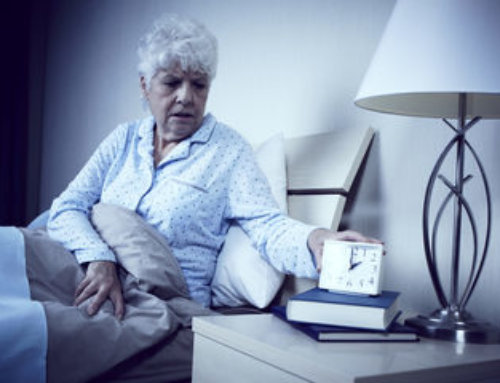CONTACT: Doug Dusik, 630-737-9700 ext. 9345, ddusik@aasm.org.
DARIEN, IL – Daytime sleepiness may affect inhibitory control in the brain when viewing tantalizing, high-calorie foods, suggests a research abstract that will be presented Monday, June 13, in Minneapolis, Minn., at SLEEP 2011, the 25th Anniversary Meeting of the Associated Professional Sleep Societies LLC (APSS).
Results show that greater daytime sleepiness was associated with decreased activation in the prefrontal cortex during visual presentations of enticing, high-calorie food images. The prefrontal cortex is a brain region that plays an important role in inhibitory processing.
“Self-reported daytime sleepiness among healthy, normally rested individuals correlated with reduced responsiveness of inhibitory brain regions when confronted with images of highly appetizing foods,” said principal investigator William Killgore, PhD, assistant professor of psychology at Harvard Medical School and McLean Hospital in Belmont, Mass. “It suggests that even normal fluctuations in sleepiness may be capable of altering brain responses that are important for regulating dietary intake, potentially affecting the types of choices that individuals make when selecting whether and what to eat.”
The research team of Killgore, lead author Melissa Weiner, and Zachary Schwab studied 12 healthy men and women between the ages of 19 and 45 years. The participants underwent functional magnetic resonance imaging (fMRI) while viewing pictures of high-calorie foods, low-calorie foods, and control images of plants and rocks. Subjective, self-reported daytime sleepiness was measured with the Epworth Sleepiness Scale, which evaluates how likely an individual is to doze off or fall asleep during certain situations such as while sitting and reading or watching TV.
According to the authors, prior evidence suggests that healthy adults activate inhibitory regions of the prefrontal cortex in response to high-calorie food images. However, insufficient sleep is often associated with reduced metabolic activity within these same prefrontal regions.
Killgore noted that the rapidly rising rate of obesity makes it important to understand the relationship between sleep-related factors, brain responses to food, and eating behavior.
“Given the chronic level of sleep restriction in our society, such relationships could have epidemiologic implications regarding the current increase in obesity in westernized countries,” he said.
In a previous study published in Neuroreport in 2010, Killgore also found sex differences in cerebral responses to the caloric content of food images. Results of that study indicate that when viewing high-calorie food images, women showed significantly greater activation than men in brain regions that are involved in behavioral control and self-referential cognition.
The SLEEP 2011 abstract supplement is available for download on the website of the journal SLEEP at https://www.journalsleep.org/ViewAbstractSupplement.aspx.
A joint venture of the American Academy of Sleep Medicine and the Sleep Research Society, the annual SLEEP meeting brings together an international body of more than 5,000 leading clinicians and scientists in the fields of sleep medicine and sleep research. At SLEEP 2011 (www.sleepmeeting.org), more than 1,000 research abstract presentations will showcase new findings that contribute to the understanding of sleep and the effective diagnosis and treatment of sleep disorders such as insomnia, narcolepsy and sleep apnea.
Abstract Title: Daytime sleepiness is associated with altered brain activation during visual perception of high-calorie foods: an fMRI study
Abstract ID: 0161
Presentation Date: Monday, June 13, 2011
Presentation Type: Poster – #234
Presentation Time: 11:30 a.m. – 12:30 p.m.
###




